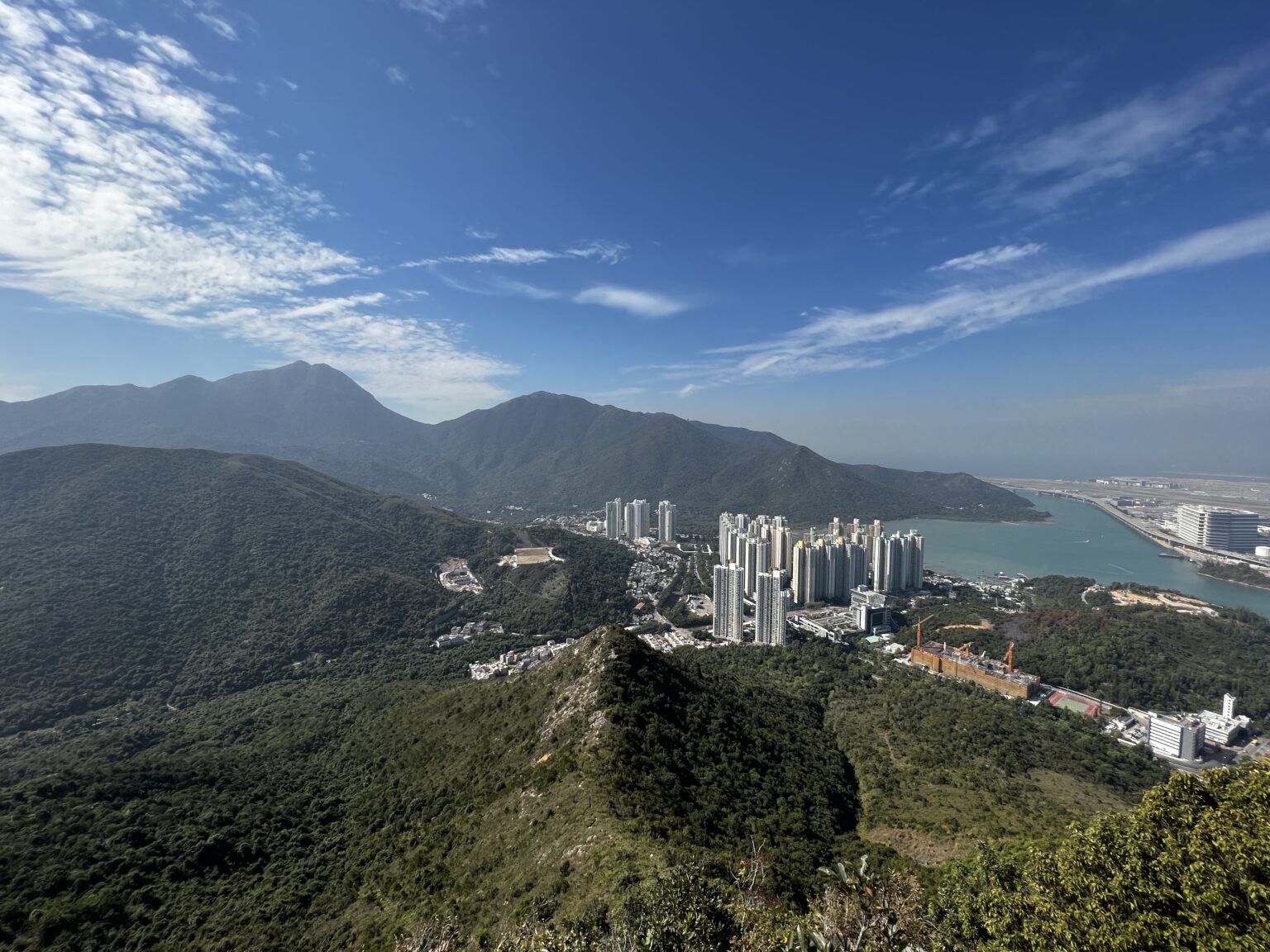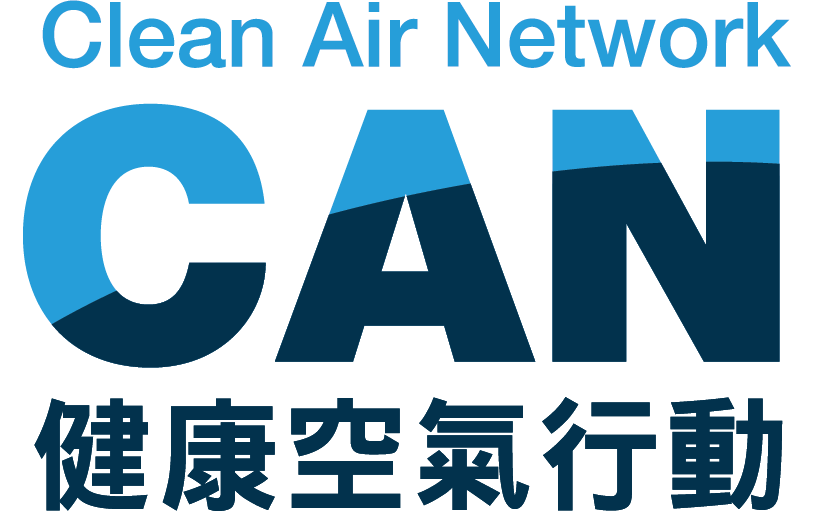
Response to Environmental Protection Department’s 2022 Air Quality Review
In response to the 2022 air quality review by the Environmental Protection Department (EPD), Clean Air Network (CAN) has the following comments:
1. Tighten AQOs to meet WHO standards
Over the past decade, Hong Kong’s air quality has improved, yet it is still unable to meet the safety standards recommended by the World Health Organization (WHO). According to CAN’s analysis, in 2022 the annual average concentrations of three major pollutants, including nitrogen dioxide (NO2), PM10 and PM2.5, all exceeded the WHO standards, with the most significant being roadside NO2, which exceeded by 540%, and roadside PM2.5, which exceeded by 280%.
It is estimated by the School of Public Health of the University of Hong Kong that unsafe pollution levels last year had caused 3,516 premature deaths and an economic loss of 41.9 billion HKD.
CAN believes Hong Kong’s Air Quality Objectives (AQOs) should be further tightened, with a clear aim to meet the WHOAQGs as soon as possible, to safeguard public health and reduce social costs.
2. Multiple measures required to reduce local emissions
The EPD stated that as NO2 concentrations were higher in some districts, actions to reduce local emissions are needed. However, when asked whether local measures such as electronic road pricing would be adopted, the EPD was not willing to commit and only suggested that it will promote the use of zero-emission vehicles. CAN believes that a comprehensive approach is required, involving measures such as electronic road pricing, extension of low emission zones, and pedestrian and bicycle friendly policies, so as to enhance the air quality and liveability of the city.
3. Roadmap for zero-emission commercial vehicles needed
Commercial vehicles are one of the major sources of NO2 emissions. The government’s pledge, as stated in the Policy Address, to introduce about 700 electric buses and 3,000 electric taxis by 2027, was hardly ambitious, as those only account for 12% and 16% of the local bus and taxi fleets respectively. Worse still, there are no plans and goals regarding trucks in sight. The EPD suggested that the operators could apply for the New Energy Transport Fund to test out zero-emission vehicles, but since the establishment of the Fund over a decade ago, the progress of transition has been limited, which indicates its ineffectiveness. CAN urges the government to lay down a clear roadmap for the transition to zero-emission commercial vehicles without delay and provide corresponding support.
4. Immediate plan required to reduce ozone pollution
Ozone pollution has been worsening over the years. As the number of electric vehicles is expected to increase, emissions of nitric oxide (NO), which could scavenge ozone, will decrease. Ozone concentration in urban areas is thus anticipated to further increase, but policies to react to the situation remain absent.
The government claims to have embarked on various studies on ozone, including the study on “Photochemical Ozone Pollution in Greater Bay Area and Characterization of Regional and Super-Regional Transportation of Ozone”, to be completed in 2024; the Guangdong-Hong Kong-Macao Greater Bay Area Air Quality Laboratory and Meteorological Monitoring Supersite, which costs at least 261 million HKD, will also monitor and analyze ozone formation, but will only begin full operation in 2027. The impact of the above measures remains uncertain, while ozone pollution keeps mounting. As public health is at immediate risks, CAN urges the government to implement local and regional solutions to reduce ozone emissions at the earliest opportunity.
